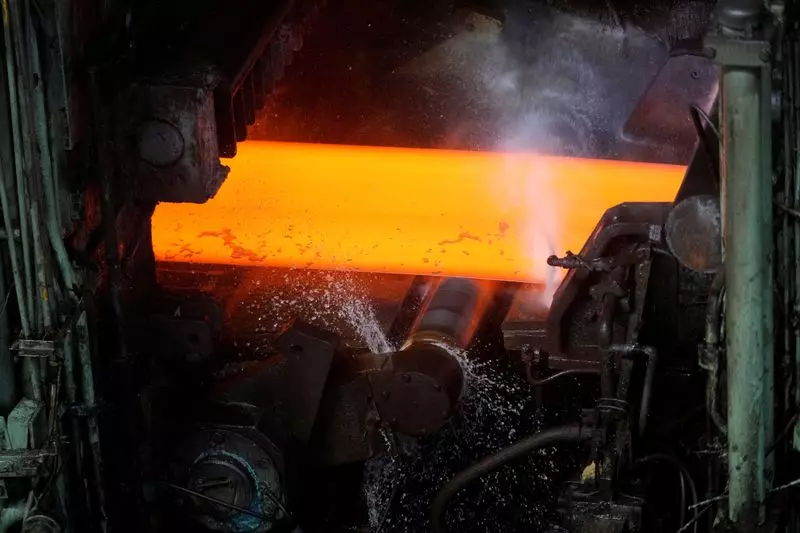The steel industry in China is currently facing significant challenges, primarily driven by decreasing local demand. Steel consumption in China is expected to shrink for the second year in a row due to a prolonged property crisis and slowing infrastructure growth. The China Metallurgical Industry Planning and Research Institute forecasts a 1.7% drop in steel demand in 2024, following a 3.3% decline in the previous year. This decline in demand is putting pressure on the industry, especially as several indebted regions have been ordered to halt certain projects, further impacting the demand for steel.
Despite the challenges in the local market, China saw a significant increase in steel exports last year, reaching their highest levels since 2016. However, it is important to note that only a small percentage of these exports were destined for the United States. The proposed increase in tariffs by President Joe Biden on Chinese steel imports is unlikely to have a significant impact on the industry, as China’s main export destinations are countries like Japan, South Korea, and Middle Eastern nations.
China’s cheap steel products are not only facing challenges in the US market but are also being met with resistance from other countries. India, Mexico, Thailand, and Brazil have all taken measures to discourage Chinese steel imports, including imposing anti-dumping duties and tariffs. A report from a Chinese research agency highlighted a growing number of statements from countries regarding anti-dumping measures on Chinese steel products in recent years. This increasing trade friction is expected to continue, further complicating China’s export market.
To counter the impact of decreasing local demand, the Chinese government has introduced measures to support the steel industry, such as promoting equipment upgrades and encouraging consumers to replace cars and home appliances. However, these measures are unlikely to offset the decline in demand from the property sector. While there is potential for increased infrastructure-led steel consumption, Beijing’s directive to stop some state-funded projects may limit this growth.
Despite challenges in the domestic market, Chinese steel exports have been on the rise, reaching record levels in March. However, uncertainties surrounding trade frictions, overseas supply, and potential output restrictions by the Chinese government are causing concerns. Additionally, a weaker yuan against the US dollar is both facilitating exports and impacting local prices. While global steel demand is expected to increase, the industry still faces challenges in meeting this demand quickly.
The Chinese steel industry is navigating through a complex landscape of decreasing local demand, rising export opportunities, and increasing trade frictions. While the industry has shown resilience in the face of challenges, it will need to adapt to changing market dynamics and government regulations to sustain its growth in the future.


Leave a Reply